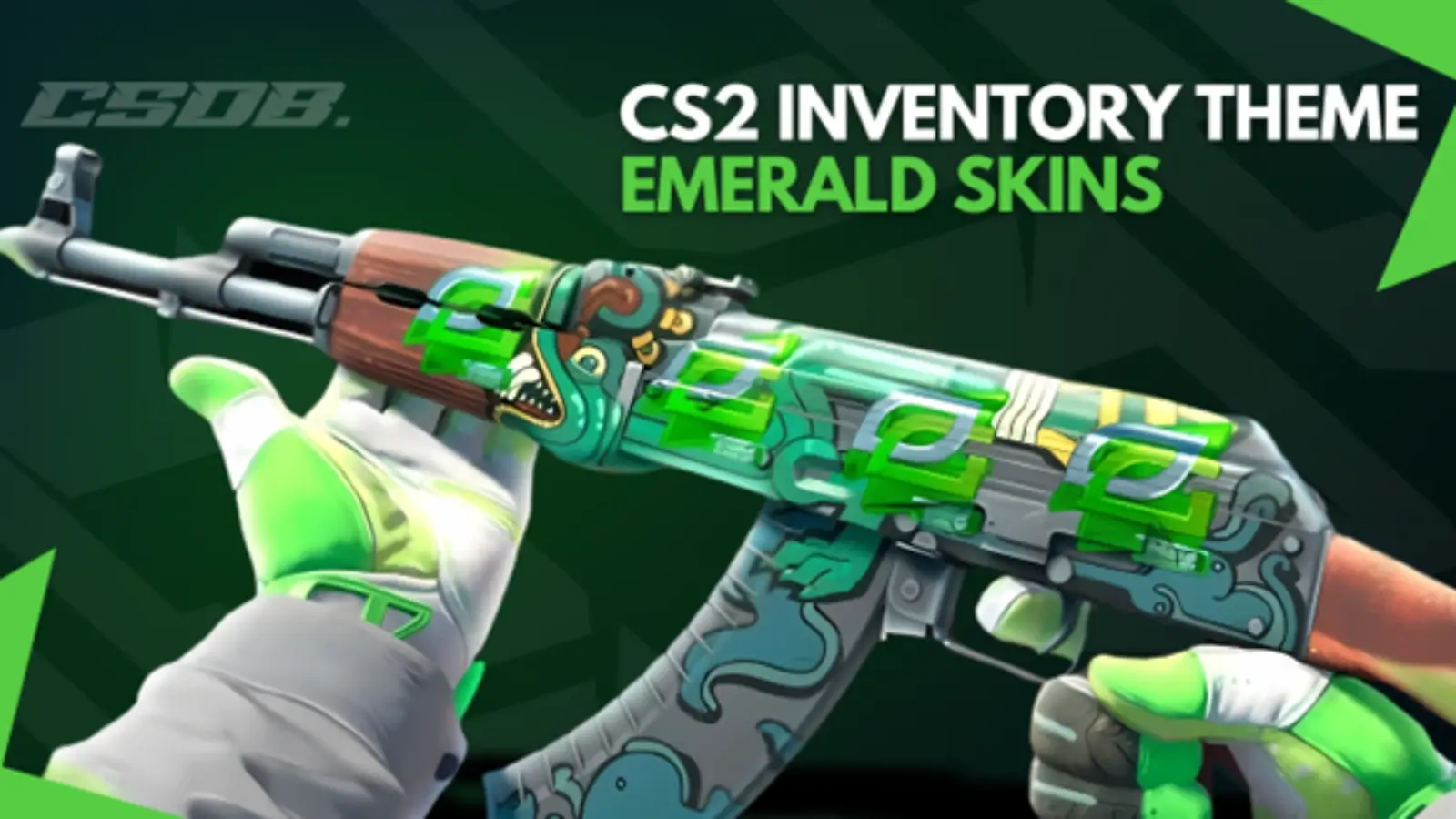


Trading digital collectibles might look arcane at first, yet thousands of newcomers learn to sell cs2 skins every single day—and many walk away with tidy profits. The catch? You need a proven roadmap that weeds out scams, sidesteps hidden fees, and maximizes the true market value of your favorite AK or Butterfly Knife. This csgo skin trading guide lays out that roadmap in plain English.
Counter‑Strike’s cosmetic economy is no side hustle; it’s a multi‑billion‑dollar marketplace. Recent reports put the overall CS2 skin market above $4.5 billion as of April 2025—outpacing Bitcoin’s growth rate earlier this year. With numbers like these, even casual players are asking how to trade skins efficiently without risking their inventories. Let’s dive into the fundamentals and the role safe trading platforms play in protecting your assets.
Skin.Land stands out by blending gamer‑friendly UX with business‑grade security. Instead of juggling Steam Guard timers and opaque community‑market fees, you get lightning‑fast payouts and transparent pricing in one dashboard. That matters because friction kills profits: every second you wait for a trade confirmation is a second the market can swing against you.
Trading novices often forget that emotional decisions cost money. Skin.Land’s real‑time price tracker keeps you anchored, comparing your item’s float value and fade percentage to live sales feeds from Steam and major third‑party aggregators. Think of it as Bloomberg for AK‑47 Redline enthusiasts—data‑driven, instant, and impossible to ignore.
Master these pitfalls and you’ll grasp how to trade skins like a veteran.
Security isn’t a buzzword—it’s the backbone of any safe trading platform. Skin.Land employs bank‑level SSL encryption, cold‑storage asset segregation, and AI‑powered fraud detection. If a transaction looks fishy, the system freezes it until additional verification clears. You also receive instant push alerts, so nothing moves without your say‑so—a must‑have when volatile market swings can tempt fraudsters.
Regulators worldwide have sharpened their focus on digital assets—yes, even virtual knives. Because Skin.Land complies with Know Your Customer (KYC) norms, you remain on the right side of anti‑money‑laundering laws while still enjoying friction‑free swaps. Peace of mind plus legal cover? That’s a winning combo.
Follow this sequence and your first deal becomes a practical lesson in risk management—no trial‑by‑fire required.
Once the safety basics sink in, you can scale up from casual flips to a profitable micro‑business. Seasoned traders track case drops, tournament sticker releases, and influencer hype cycles: each event nudges demand up or down. Skin.Land’s analytics dashboard synthesizes those signals into color‑coded buy‑and‑sell zones, letting you react faster than Steam market lag.
Consider diversifying. Don’t park all your capital in a single StatTrak. Mix knife investments with high‑liquidity rifles and sticker capsules to smooth out volatility. Traders who rebalance weekly, according to platform leaderboards, report average monthly returns of 8‑11 % in 2025—outperforming many traditional equities.
Curious where to research deeper strategies? The official Skin.Land blog posts weekly market‑watch recaps, highlighting emerging trends and expert opinions. Bookmark it, join community Discord servers, and you’ll never trade in the dark again.

Timing exits wisely ensures profits aren’t paper illusions. Remember, discipline beats luck.
Learning how to trade skins profitably isn’t rocket science—it’s about discipline, data, and choosing the right partner. By following this beginner‑friendly roadmap, leveraging Skin.Land’s real‑time insights, and avoiding common missteps, you’ll transform idle inventory into real‑world revenue. Ready to take the next step? Fire up Skin.Land, list your first item, and turn those virtual AKs into tangible cash today. Happy trading—and may your floats be ever in your favor!